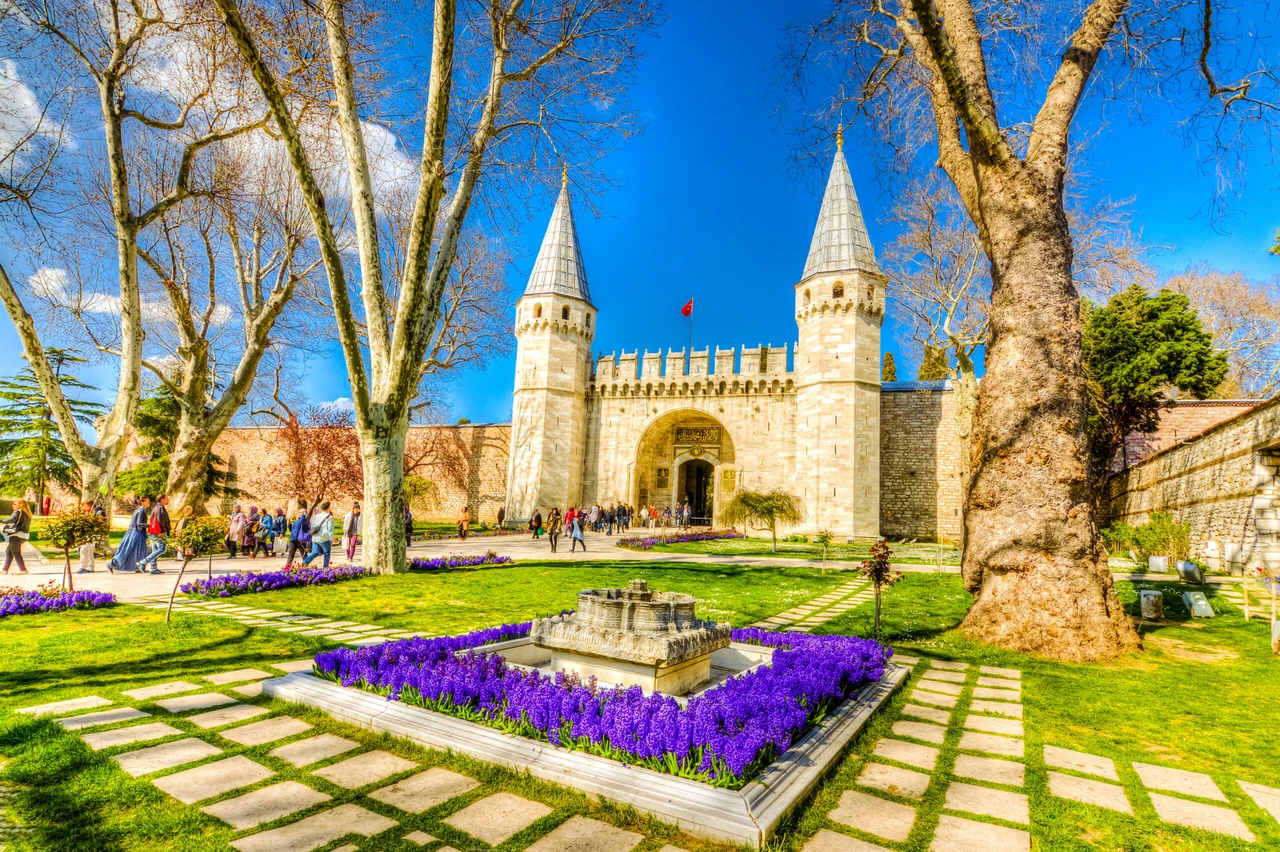Human sacrifices found in Bronze Age tomb in Türkiye: A clue to ancient rituals
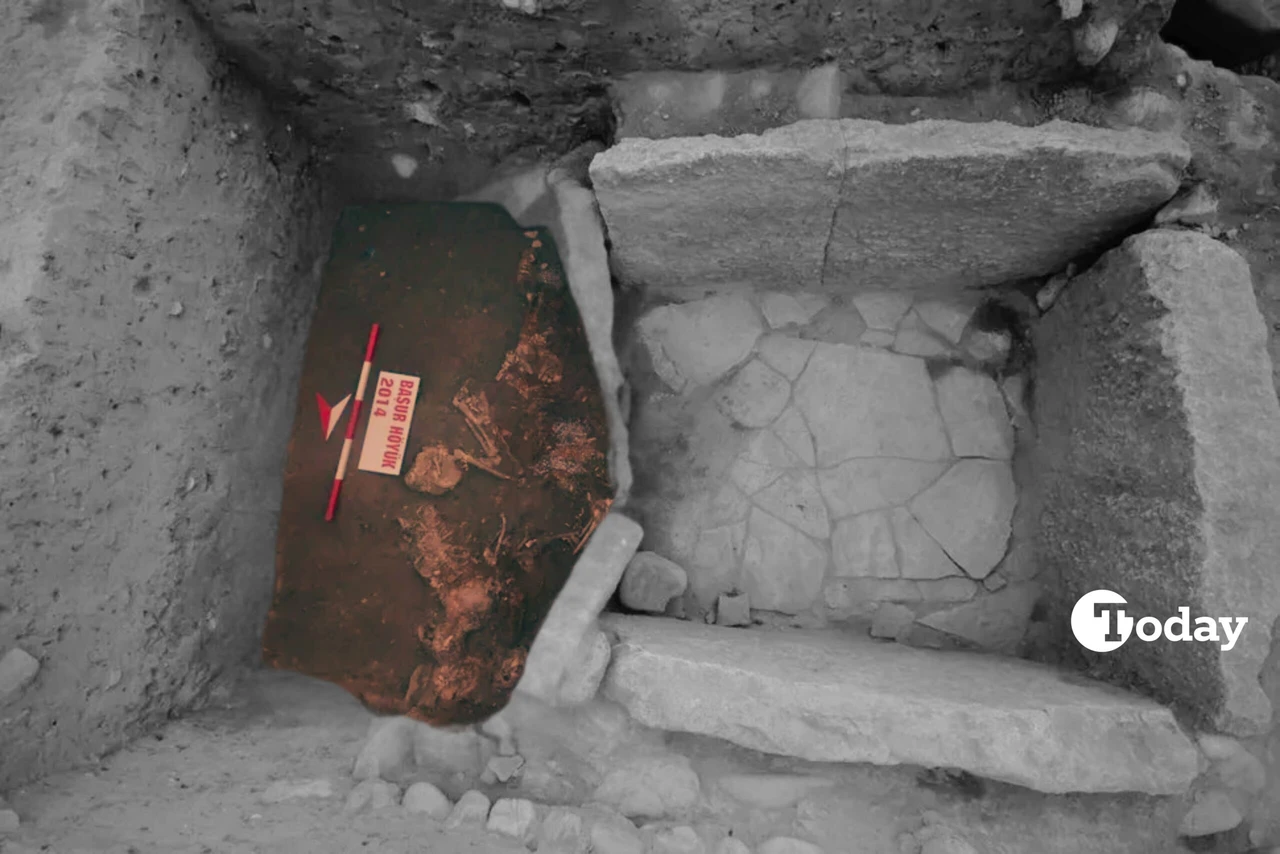 Eight human sacrifices were found at the entrance to tomb (Area covered in red), which held the remains of two 12-year-olds from ancient Mesopotamia. (Photo via Basur Hoyuk Research Project; Cambridge Archaeological Journal)
Eight human sacrifices were found at the entrance to tomb (Area covered in red), which held the remains of two 12-year-olds from ancient Mesopotamia. (Photo via Basur Hoyuk Research Project; Cambridge Archaeological Journal)
Archaeologists have uncovered the remains of several teenage girls in a Bronze Age tomb at Basur Hoyuk (Mound) in Türkiye, sparking intrigue over the meaning of these ancient human sacrifices.
The discovery sheds light on the cultural and societal practices of early Mesopotamian civilizations, raising questions about the role of adolescence in ancient rituals.
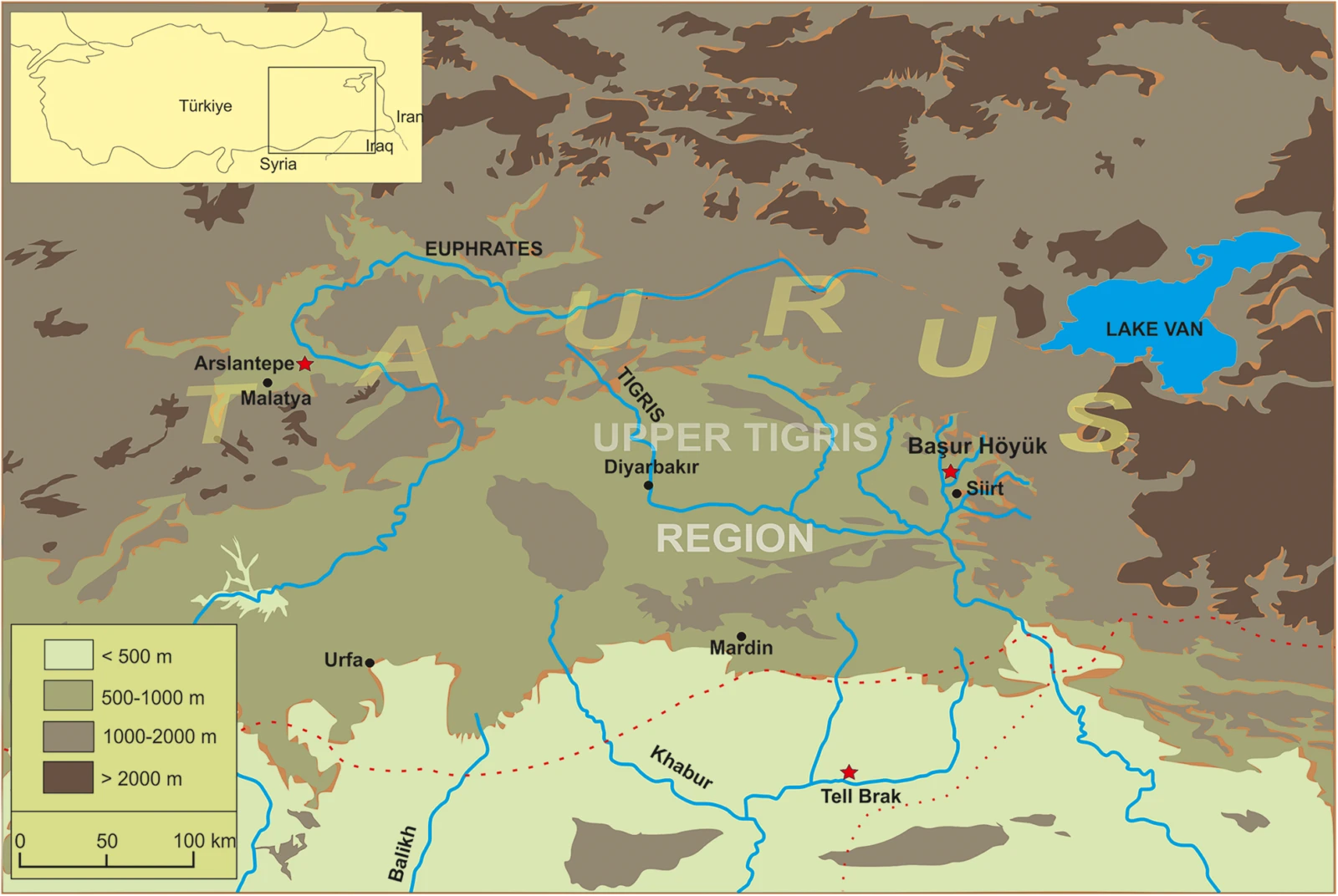
Mysterious tomb reveals teen sacrifices
The excavation at the Basur Hoyuk archaeological site, located on the Upper Tigris River in Siirt, southeastern Türkiye, revealed eight human sacrifices at the entrance to a stone tomb.
Among the tomb’s contents were the remains of two 12-year-olds, as well as numerous grave goods and artifacts. The tomb dates back to between 3,100 and 2,800 B.C., providing an extraordinary glimpse into the burial practices of ancient Mesopotamians.

Adolescence as a key ritual stage
New research, published on March 17 in the Cambridge Archaeological Journal, offers fresh insight into the meaning behind these sacrifices. The study focused on the age and sex of the individuals found in the tomb. Remarkably, the majority of those sacrificed were adolescents, which has led researchers to re-evaluate the role of adolescence in ancient Mesopotamian societies.
Professor David Wengrow from University College London highlighted the unexpected nature of the findings. “The fact that they are mostly adolescents is fascinating and surprising,” Wengrow explained. “It underscores how little attention has been given to adolescence as a crucial life stage in the human lifecycle.”
An egalitarian society, not a monarchy?
Traditionally, early Bronze Age societies were thought to have been hierarchical, with a king leading the political structure. However, the discovery of the Basur Hoyuk tombs challenges this view. The burial site suggests a more flexible social organization, where leadership was not necessarily inherited but could shift between egalitarian and hierarchical forms.
Wengrow and his team believe the tombs indicate that early Mesopotamian societies might have been more fluid than previously thought, alternating between hierarchical rule and collective decision-making. The researchers propose that the sacrifices may not represent royal attendants but instead could be a reflection of an “age set” ritual. This concept suggests that the adolescents were part of a larger group that included other members who survived and reached adulthood.
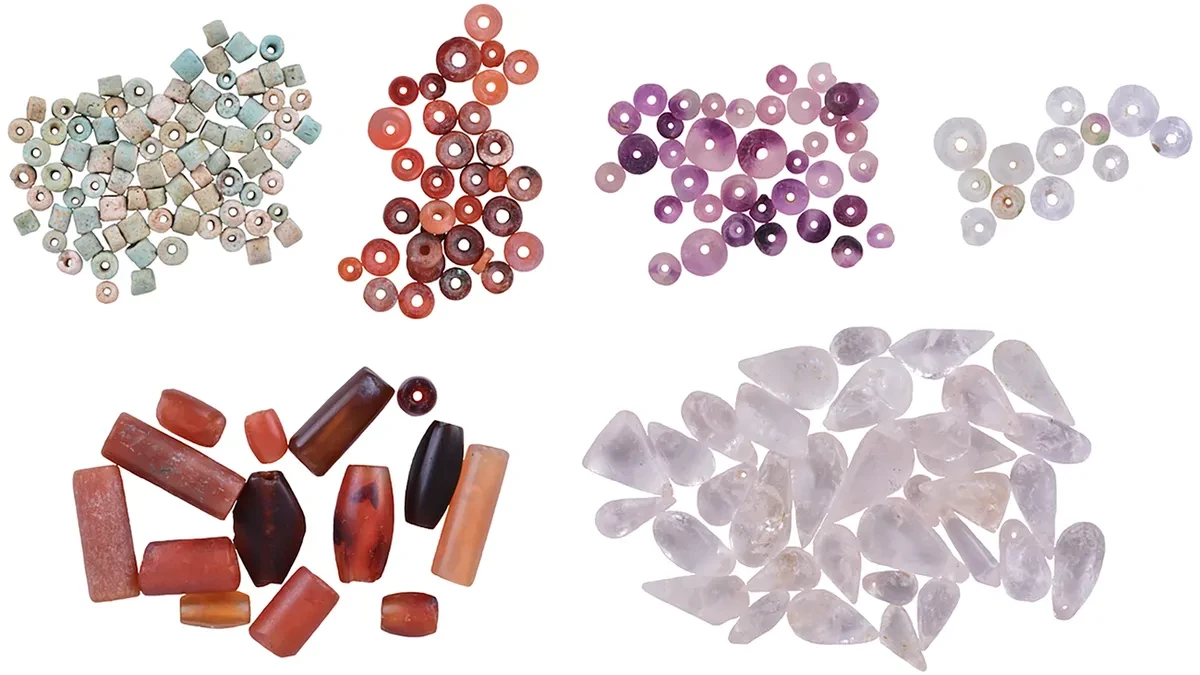
A shift in understanding of ancient rituals
The new DNA analysis of the skeletons found at Basur Hoyuk revealed that the individuals were not biologically related, and most of them were female. This discovery supports the idea that these adolescents were brought together from different, unrelated groups for a highly ritualistic and violent event. Researchers now theorize that the sacrifices may have been connected to initiation rites, inter-group violence, or the practices of an ancient cult.
“The meaning of the ritual is still unclear, but it certainly challenges assumptions about early Bronze Age social structures,” Wengrow noted.
Further investigations to uncover origins
While the exact significance of the rituals remains uncertain, further research is underway to understand more about the origins of the individuals buried at Basur Hoyuk. Stable isotope analysis is expected to provide additional information on their geographic origins, shedding light on whether they were local or had traveled from distant regions.
These findings push the boundaries of our understanding of ancient burial practices and the role of age and gender in early societies. They also underscore the importance of continuing research into the social dynamics of early civilizations, particularly in terms of the significance of adolescence in their cultural and ritual life.
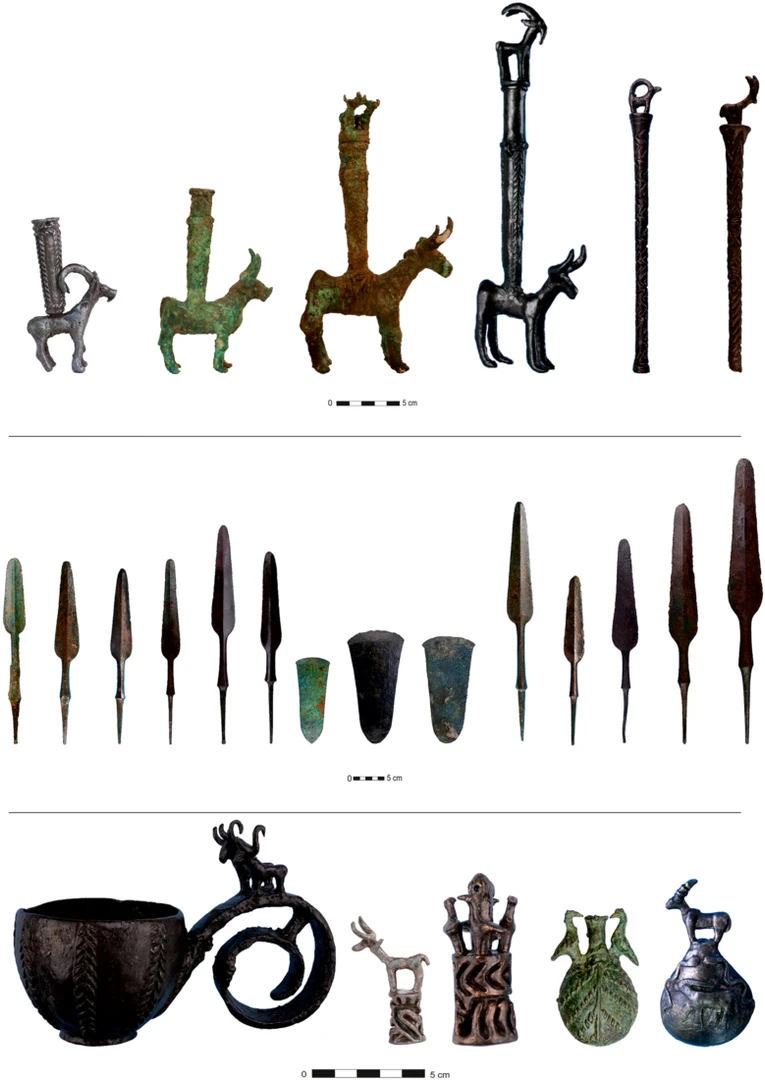
Key takeaways:
- Archaeologists found eight human sacrifices at the entrance to a Bronze Age tomb in Türkiye.
- The majority of the sacrifices were adolescents, mostly female.
- The findings challenge previous assumptions about hierarchical governance in early Bronze Age societies.
- DNA analysis revealed that the sacrificed individuals were not biologically related, pointing to the possibility of inter-group rituals.
- Further research will investigate the origins of the individuals through isotope analysis.
This discovery offers an exciting new perspective on Bronze Age social structures and raises important questions about the role of adolescence in ancient rituals.
